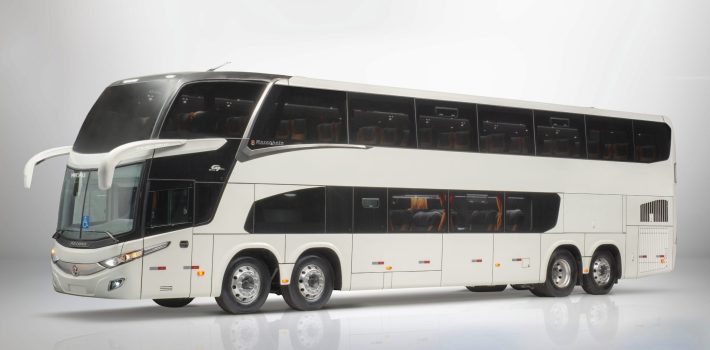71 Passenger School Bus Seating Chart
A 71-passenger school bus seating chart refers to the arrangement of seats on a school bus designed to hold up to 71 passengers. These buses are commonly used for school transportation, field trips, sports events, and other group activities. The seating configuration on a 71-passenger school bus typically includes rows of seats that can accommodate students in a safe, organized manner.
Standard Seating Arrangement for a 71-Passenger School Bus
A 71-passenger school bus is typically organized in rows of either two or three seats per side, with a central aisle down the middle. The seats are generally forward-facing and designed to maximize space and comfort for the students.
Here’s how the seating typically breaks down:
Seating Layout Breakdown
- Rows 1-4 (Front Rows): These rows typically have 2 seats on each side (1 seat per side, but sometimes 2 if seats are smaller for younger students).
- Rows 5-10 (Middle Rows): The seats in this section usually have 3 seats per row on each side of the aisle.
- Rows 11-22 (Back Rows): These rows generally have 3 seats per row on each side, allowing for more capacity in the back portion of the bus.
Detailed Layout Example for a 71-Passenger School Bus
Here is an illustrative way to view the layout, with each seat represented by a number:
Front to Back Seating Arrangement
- Front Rows (1-4): 2 seats on each side (8 total seats)
- Middle Rows (5-10): 3 seats on each side (18 total seats)
- Back Rows (11-22): 3 seats on each side (45 total seats)
Explanation of Seating Layout
- Rows 1-4 (Front Rows): These rows generally have 2 seats per row on each side. This layout accommodates about 8 students in the front of the bus. These rows are often used for younger children or may have more space between seats for safety.
- Rows 5-10 (Middle Rows): In these rows, you typically find 3 seats per row on each side of the aisle. This setup can accommodate a larger number of students comfortably, with 18 seats in this section.
- Rows 11-22 (Back Rows): These rows also have 3 seats per row, with a total of 45 seats. This section is often used to accommodate older children or students in larger groups.
Important Considerations
- Seating Capacity: The 71-passenger school bus is designed to accommodate 71 students, but it’s important to note that in some regions, the actual number of passengers may be lower based on the specific regulations for student safety (such as seatbelt usage or maximum occupancy laws).
- Seat Configuration: The seats are typically bench-style with no individual armrests. They are designed for children or young adults, with some flexibility in how many students are seated in each row, depending on their size.
- Safety Features: School buses are generally equipped with safety features like high-backed seats that provide passive protection during an accident, although seat belts are often not required (depending on local regulations). In some newer buses, seat belts may be added for extra safety.
- Special Needs Seating: Some school buses are modified to accommodate students with special needs, such as wheelchair access or other special accommodations. These buses may have designated seating for students with disabilities or additional space in certain rows.

